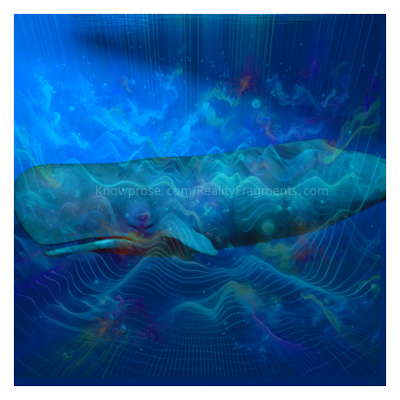
In a time when we’re being inundated with all manner of ‘AI’ to ‘make us more productive’ (not the same as ‘work less’), it’s pretty nice to see AI being used to unravel the mysteries of the world around us.
Machine learning, a branch of AI, has been used in the discovery of what could be described as ‘phonetic alphabet’ the building blocks of a more complex form of communication.
Scientists have been trying for decades to understand how sperm whales communicate. The researchers, part of the Project CETI (Cetacean Translation Initiative) machine learning team, created a giant underwater recording studio with microphones at different depths to examine calls made by about 60 whales, which were tagged to ascertain if they were diving, sleeping or breathing at the surface while clicking.
Scientists discover sperm whale ‘phonetic alphabet’, AlJazeera, 8 May 2024.
Having analysed more than 8,700 snippets of sperm whale clicks, known as codas, the researchers claim to have found four basic components making up a “phonetic alphabet”.The actual source paper for the article comes from Nature Communications: Contextual and combinatorial structure in sperm whale vocalisations (7 May 2024), which even links to the source data on Github.
In an election year, it does seem much more attractive to listen to whales than politicians.
The Project Ceti website is worth perusing, and there are ways to get involved, from donation of funds to donation of code and other things.
In the middle of all the AI hype, it’s good to see something that’s about exploring and increasing our understanding of the world we’re in, and the creatures around us that could probably teach us a few tricks if we knew how to listen.
Further reading on the general topic: How to Use AI to Talk to Whales—and Save Life on Earth